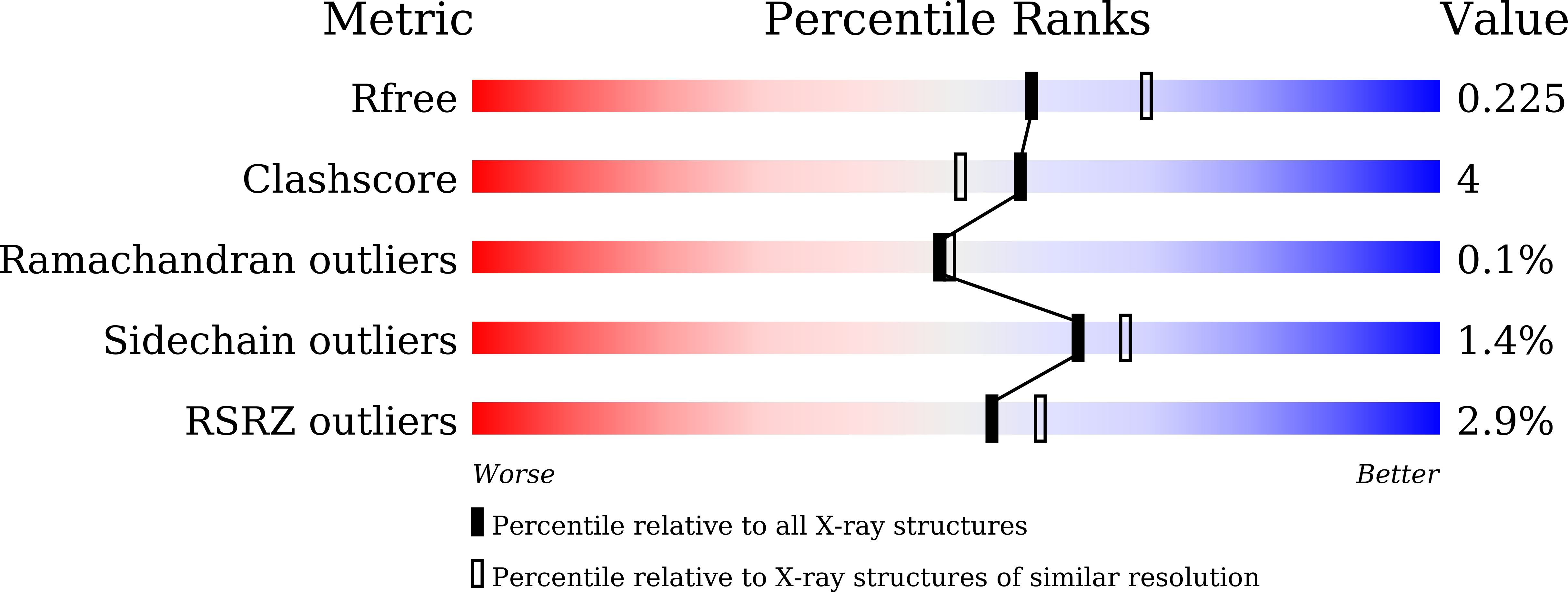
Deposition Date
2023-05-15
Release Date
2024-11-27
Last Version Date
2025-06-11
Entry Detail
PDB ID:
8JE7
Keywords:
Title:
Crystal Structure of Anopheles culicifacies Prolyl-tRNA Synthetase (AcPRS) in complex with two inhibitors (Halofuginone and L95)
Biological Source:
Source Organism:
Anopheles culicifacies (Taxon ID: 139723)
Host Organism:
Method Details:
Experimental Method:
Resolution:
2.14 Å
R-Value Free:
0.22
R-Value Work:
0.18
R-Value Observed:
0.18
Space Group:
P 21 21 21


